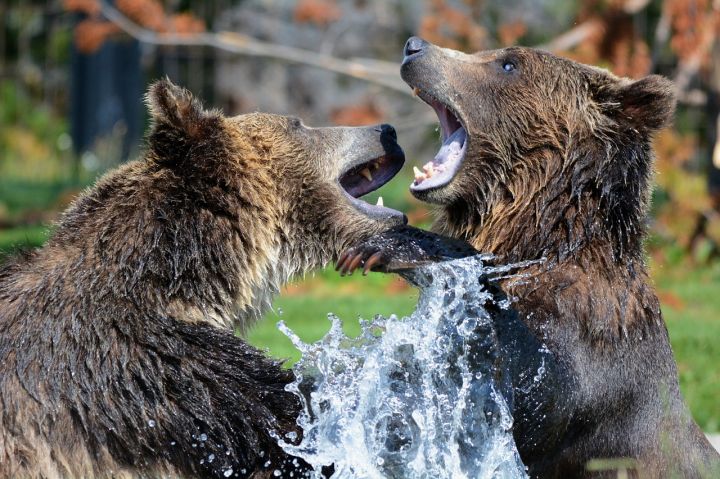How to Teach Children about Bear Safety?
Teaching children about bear safety is crucial, especially for those living in areas where bears are commonly found. Bears are wild animals, and although they are usually not aggressive towards humans, it is important for children to know how to behave in their presence. By following a few simple guidelines, parents and educators can effectively teach children about bear safety while keeping the information engaging and memorable.
Understanding Bear Behavior
Before diving into the safety measures, it is essential to educate children about bear behavior. Explain that bears are generally shy and will try to avoid human contact. Emphasize that bears are not to be feared but respected from a distance. Use vivid descriptions and stories to captivate their attention and help them comprehend these concepts.
Be Bear Aware
Teach children to be aware of their surroundings when they are in bear country. Encourage them to be observant of any signs that indicate the presence of bears, such as bear scat or tracks. Explain that bears are most active during early morning and late evening hours, so it is important to take extra caution during these times.
Make Noise
One of the simplest ways to avoid surprising a bear is by making noise while out in nature. Teach children to talk, sing, or clap their hands when walking on trails or near dense vegetation. By making noise, bears are more likely to hear them coming and move away before any potential encounters.
Group Up
Explain to children the importance of staying together while hiking or exploring in bear country. Bears are less likely to approach a large group of people compared to an individual or small group. Encourage children to walk close to adults and always keep an eye on their surroundings.
Store Food Properly
Teaching children about the proper storage of food is crucial in bear country. Explain that bears are attracted to the smell of food, and leaving it out can entice them to come closer to human settlements. Teach children to store food in bear-resistant containers or hang it high in trees away from tents or camping areas. By doing so, they are minimizing the chances of attracting bears to their location.
Stay Calm and Back Away
In the event of a bear encounter, it is essential for children to remain calm and avoid making sudden movements. Teach them to back away slowly while facing the bear, speaking softly to let the bear know they are human. Emphasize that running or screaming can trigger a bear’s instinct to chase.
Do Not Climb Trees
Contrary to popular belief, climbing a tree to escape a bear is not a safe option. Bears are excellent climbers and can easily reach children in trees. Teach children to stay on the ground and use their bear spray or any other deterrent if available.
Conclusion: Safety First
Teaching children about bear safety is a responsibility that should not be taken lightly. By providing them with the necessary knowledge and skills, parents and educators can help ensure their safety in bear country. Remember, it is crucial to make the information engaging and memorable, using vivid descriptions and stories to capture their attention. By following the guidelines outlined in this article, children will be well-equipped to enjoy nature responsibly and confidently while respecting the presence of bears.






